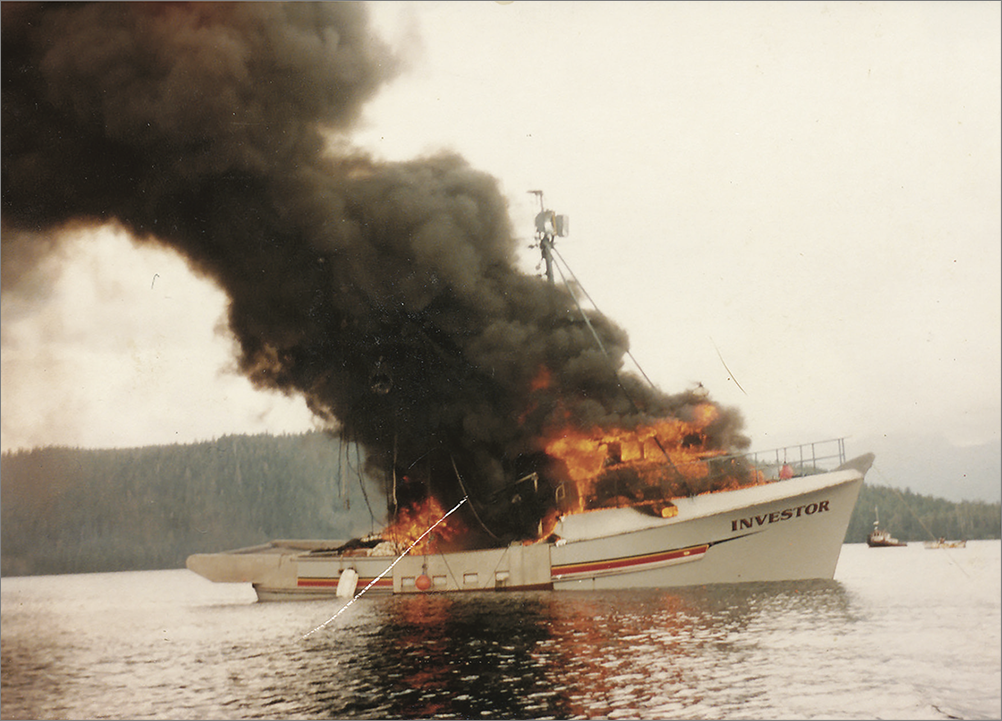As Mary Anne Henry dove into her opening statement, she reeled off a cacophony of names, a dizzying list that challenged even the best memory. Each person held a small part of the big picture and the district attorney wanted to make sure the jurors knew all the players.
By the time she was finished, she had given the jurors 62 people to remember, a list that would approach 150 once both sides finally called all their witnesses. Henry’s lineup was a collection that thrust her trial strategy toward “over prosecution” — an encyclopedic attempt to cram every conceivable witness into the trial phase, hoping somehow to guarantee a conviction.
It was a strategy known to backfire, but Henry’s reasoning sprung from the fact that hers was a deeply circumstantial case. A circumstantial case with more than a few problematic witnesses. Her biggest problems were Peel’s crewmembers on the Libby 8. For, while they provided the best evidence against John Peel, they were also very squirrelly.
As a result, Henry spent a half hour or so defending Dawn Holmstrom and Larry Demmert, Jr. It was a dizzying task.

These two, Henry said, knew too much. They were afraid, she suggested, and wanted out of this case. But it was too late. They had already told investigators what they knew. And what they knew implicated John Peel. Still, she suggested, “There is no living person who witnessed those murders, except John Peel.”
Before the jury heard a single word of testimony, however, they would take a preliminary trip to Craig on a wet, windy day that chilled them to the marrow. There, they would visit places where the murders occurred and the spot where the Investor burned. There were doings here that they could scarcely imagine.

And then they would hear from the man who built the models of Craig and the Investor. Hear from the superintendent of the Columbia Ward Cove Cannery, who would testify that he hadn’t sounded an alarm on the day of the fire, thereby contradicting the expected testimony of Dawn Holmstrom. They would hear from Larry Demmert’s dad, who would confirm that John Peel never traveled to the fire scene in his boat, the Cindy Sue.
In the months to come, they would hear from eyewitnesses who saw a skiffman in the Investor skiff, coming in from the fire. They’d hear from skippers and deckhands on the fishing boats closest to the Investor on the night of the murders. They’d hear from a man who’d given John Peel a boat ride north to the fishing grounds, a man who heard a drunken John Peel call Mark Coulthurst “a fucking asshole.”
But Larry Demmert’s testimony loomed as the most critical to the prosecution’s case. It was important enough that Mary Anne Henry took a risk and granted him immunity for his trial testimony. Henry later admitted that the immunity grant scared her, because it gave Demmert “an easy out.” He could have said that he was John Peel’s skipper, she averred, and then copped out by saying, “he’s a nice guy and that’s all I can tell you.”
It was a risk that Henry felt compelled to take. A circumstantial case can do that to you. Even if the prospect is truly dizzying.
Excerpts from the unpublished original manuscript, “Sailor Take Warning,” by Leland E. Hale. That manuscript, started in 1992 and based on court records from the Alaska State Archive, served as the basis for “What Happened in Craig.”
Copyright Leland E. Hale (2020). All rights reserved.

Order “What Happened In Craig,” HERE and HERE. True crime from Epicenter Press.